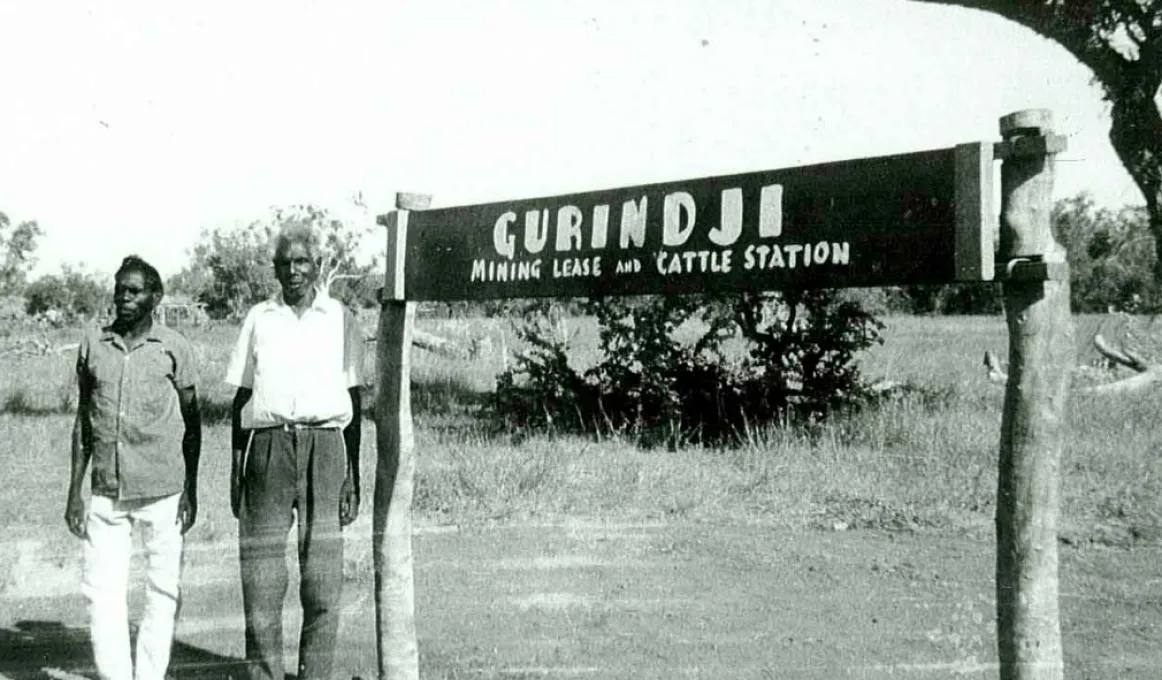The legacy of the Wave Hill walk-off

Today is the anniversary of the Wave Hill walk-off, also known as the Gurindji strike. The walk-off happened at Wave Hill, a cattle station in Kalkarindji in the Northern Territory. Stretching out for almost a decade, the strike created a legacy that continues to this day.
Gurindji man Vincent Lingiari led the walk-off on 23 August 1966; joining him were 200 Aboriginal stockmen, servants and their families. The walk-off was borne of a number of motivating factors, including calls for improved working conditions. However, the main catalyst was the Gurindji people reclaiming their lands.
The conditions at Wave Hill station had been substandard well before the walk-off in 1966. In 1937, a government report found that the pastoralists in charge of the station: "Had been ... quite ruthless in denying their Aboriginal labour proper access to basic human rights."
In 1945, white men employed at Wave Hill received £2-8 a week - while the Indigenous workers were paid less than the minimum wage (as set by the Aboriginals Ordinance 1918) of 5 shillings per day. The Gurindji workers were relegated to humpies - corrugated iron structures without floors, lighting, basic sanitation, facilities for cooking, or even furniture. There was also no safe source of drinking water.
By 1966 the Gurindji at Wave Hill had had enough with the poor treatment on their Country!!. Lingiari and the Aboriginal workers left Wave Hill, moving away from the station to Dagurau (Wattie Creek) closer to their sacred sites.
The strikers submitted a petition to the Governor-General, Lord Richard Casey, for a lease of 1,300 square kilometres, which the Gurindji would co-operate as a mining and livestock lease. Casey refused.
The strikers stayed in camps away from the station, despite NT government attempts to cut off food. Lingiari and the other leaders of the walk-off travelled around Australia to speak about the strike, helping to gather wider support. Donations were made, and demonstrations were held in solidarity with the cause.
In 1975, the Whitlam Government entered into negotiations with the company that ran the station. After reaching an agreement, on 16 August of that year Prime Minister Gough Whitlam granted the Gurindji the lease to a piece of the land. He did so in a handover ceremony, where he famously poured soil into Vincent Lingiari’s hands – a tangible demonstration of returning land to Traditional Owners.
For the first time since European settlement, Australia had recognised Indigenous peoples' right to their traditional land and Country.
In September 2020, Native Title rights to the land were formally granted to the Gurindji people.